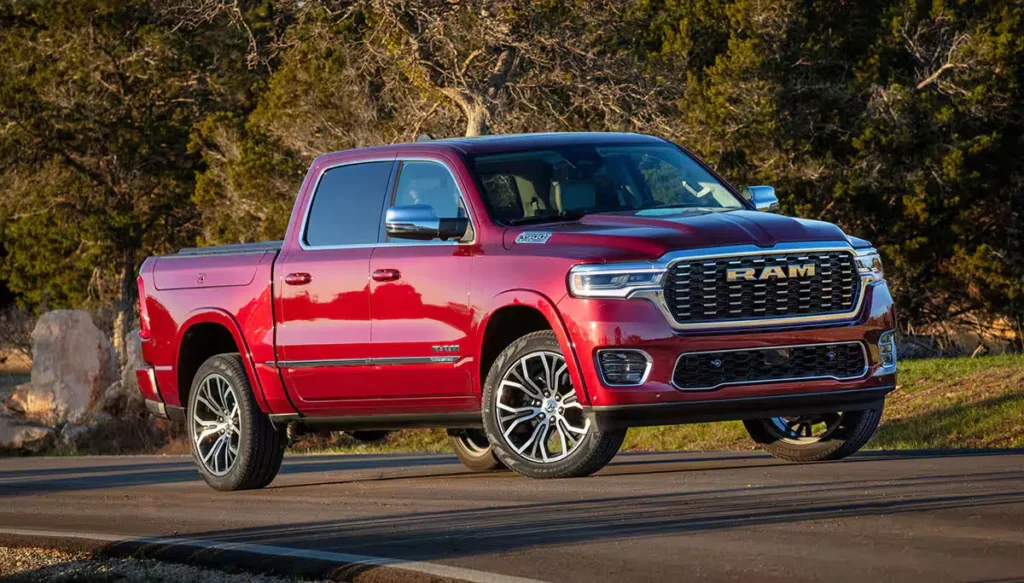When choosing between an iPad POS and a traditional POS system for your restaurant, the decision comes down to flexibility versus robustness. Since iPad point-of-sale (POS) systems are affordable, portable, and cloud-based, they are ideal for small or growing eateries. They support tableside ordering, automatic updates, and remote access, though they rely on stable internet and regular charging. Traditional POS systems, on the other hand, are stationary and built for complex operations. They function well offline and offer greater processing power, but come with higher upfront costs, manual updates, and limited scalability. In short, iPad POS is great for agility and affordability, while traditional POS suits larger, high-volume setups needing durability and offline reliability.
iPad POS vs Traditional POS: Comparison
iPad POS and traditional POS systems serve different restaurant needs, mobility versus power. iPad POS systems are compact and portable, allowing tableside ordering and faster service, making them ideal for quick-service setups. They rely on a stable internet connection for features like remote inventory and menu management, and they receive automatic updates. Traditional POS systems, while bulkier and stationary, offer greater processing power and extensive integration capabilities. They’re better suited for full-service restaurants with complex operations and can function offline, ensuring stability even during outages. However, updates for traditional systems are often manual and come at an added cost. In the end, traditional systems concentrate on performance and dependability for high-volume organizations, whereas iPad POS places a higher priority on comfort and flexibility. Schedule a Free Demo to explore which system fits your restaurant best.
Cost Breakdown
The cost gap between iPad POS and traditional POS systems can make a big difference to your restaurant’s bottom line. iPad POS systems offer lower upfront costs, using consumer-grade tablets that typically range from $300 to $800 per terminal. In contrast, traditional POS systems require proprietary hardware, often costing $1,000 to $5,000 or more. Monthly software fees also vary, iPad systems may charge nothing upfront but take a cut of transactions or offer subscriptions up to $150, while traditional systems often demand $100 to $300+ monthly, plus added maintenance costs. Updates are free and automatic on iPad systems but can cost thousands with traditional setups. Overall, iPad POS systems deliver a more budget-friendly solution, especially for small or growing restaurants.
Staff Training and Daily Use
A POS system’s usability has a significant impact on employee productivity and training time. iPad POS systems are intuitive and easy to learn, allowing new staff to get comfortable within hours, ideal for restaurants with frequent turnover. Their mobility enables tableside ordering and on-the-spot payment, streamlining workflow and reducing customer wait times. In contrast, traditional POS systems, while more complex, are built for handling detailed transactions like check splitting and large group orders. These systems require more in-depth training and are limited to stationary terminals, which can slow down service during peak hours. Overall, iPad POS systems offer greater ease and speed, while traditional systems provide more advanced features for high-volume, complex operations, making it easier to choose the Best POS System for your unique needs.
Growth and Expansion Options
Flexibility in a point-of-sale system is essential while expanding your restaurant. iPad POS systems make expansion easy with cloud-based access, allowing managers to oversee multiple locations, inventory, and sales in real time from anywhere. Adding new devices is simple and cost-effective, ideal for growing businesses. Traditional POS systems, while powerful, present challenges when scaling, as hardware costs are higher, setups are more complex, and updates are time-consuming. They also lack centralized data management, making multi-location oversight difficult. However, for restaurants with highly specific or complex needs, traditional systems offer more customization and advanced capabilities. As demand for scalable solutions grows, mobile POS systems continue to rise in popularity, offering an agile path to expansion in today’s competitive restaurant landscape.
Pros and Cons of Each System
iPad POS vs Traditional POS: What You Gain and Lose
Choosing between an iPad POS and a traditional POS system depends on your restaurant’s size, needs, and growth goals. iPad POS systems are affordable, mobile, and easy to install, making them ideal for fast-paced, modern restaurants. With tableside ordering, remote access, and real-time updates, they enhance service efficiency and can even boost tips by up to 60%. Starting around $1,000–$1,500, these systems are cost-effective and scalable, allowing quick additions of terminals or locations without major hardware investments. However, iPad systems rely on stable Wi-Fi, require battery charging, and may incur rising subscription fees over time. Hardware compatibility and data security are also considerations. Traditional POS systems, while more expensive, often $5,000 to $7,000 or more, offer durability, offline functionality, and powerful hardware for complex tasks. They’re ideal for high-volume restaurants needing custom setups and robust security. However, they come with higher maintenance costs and scaling challenges, including lengthy installations. In short, choose an iPad POS for flexibility and lower costs, or go with a traditional POS if you need advanced capabilities and rock-solid performance in a busy environment.
How to Pick the Right POS System
Matching Your POS to Your Restaurant Type
The type and size of your restaurant will influence whatever POS system you choose. For quick-service spots like coffee shops and pizzerias, speed and efficiency are essential. iPad POS systems are ideal here, offering intuitive interfaces that reduce training time and streamline high-volume orders. Complete service Restaurants require more powerful features like split-bill capability, reservations, and table management. Cloud-based iPad POS systems excel in this area, offering centralized control for multi-location operations and real-time remote monitoring.
Smaller restaurants with annual revenues under $500,000 should focus on affordability and core features like payment processing, inventory tracking, and menu customization. Larger operations benefit from advanced tools like analytics, staff management, and third-party integrations, many of which are now available in modern iPad systems without the high costs of traditional setups. Customer support is critical. Restaurants operating late or on weekends should prioritize 24/7 assistance, and hardware compatibility is also key; some systems offer bundles to make setup easier. With dual pricing for cash and card payments, seamless integrations with QuickBooks, Uber Eats, MarketMan, and Restaurant365, and offline mode for uninterrupted service, it’s tailored for real-world restaurant challenges. Its 24/7 support and high customer satisfaction, evidenced by a 91 NPS and three consecutive years as Capterra’s #1 POS, make it reliable and well-regarded. Plans start at just $19.99/month with a 2% processing fee, while advanced plans include delivery tools and enterprise support. Sarah Billenstein and Gladys McKinney are recognized for increasing efficiency and promoting growth. For U.S. restaurants aiming to modernize without overspending, the flexibility of an iPad POS with the power of a traditional system.
Conclusion
Choosing between an iPad POS and a traditional POS system depends on your current needs and future growth plans. Traditional systems offer reliability and robust offline capabilities but come with high upfront costs and limited scalability. In contrast, iPad POS systems provide mobility, cloud access, and easier expansion, making them ideal for growing businesses, though they do require stable internet. The restaurant industry is shifting toward cloud-based solutions for their flexibility and remote management. iPad systems typically have lower startup costs and predictable monthly fees, making them more budget-friendly. They also integrate smoothly with tools like accounting software, delivery platforms, and inventory systems, offering a more streamlined workflow with automatic updates. For restaurants managing multiple locations or aiming to scale, iPad POS systems deliver centralized reporting and consistent operations across sites. Before choosing, test systems through demos or trial periods and plan ahead for the next 3–5 years to ensure your POS can grow with you. Ultimately, select a POS that not only fits your restaurant today but supports your long-term goals, helping your business stay agile, efficient, and ready for what’s next.




